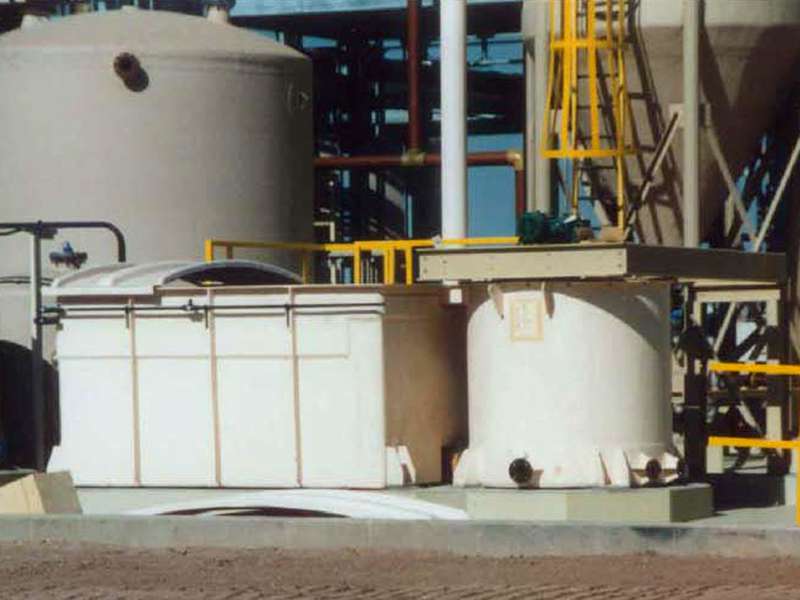
-
 Afrikaans
Afrikaans -
 Albanian
Albanian -
 Amharic
Amharic -
 Arabic
Arabic -
 Armenian
Armenian -
 Azerbaijani
Azerbaijani -
 Basque
Basque -
 Belarusian
Belarusian -
 Bengali
Bengali -
 Bosnian
Bosnian -
 Bulgarian
Bulgarian -
 Catalan
Catalan -
 Cebuano
Cebuano -
 China
China -
 China (Taiwan)
China (Taiwan) -
 Corsican
Corsican -
 Croatian
Croatian -
 Czech
Czech -
 Danish
Danish -
 Dutch
Dutch -
 English
English -
 Esperanto
Esperanto -
 Estonian
Estonian -
 Finnish
Finnish -
 French
French -
 Frisian
Frisian -
 Galician
Galician -
 Georgian
Georgian -
 German
German -
 Greek
Greek -
 Gujarati
Gujarati -
 Haitian Creole
Haitian Creole -
 hausa
hausa -
 hawaiian
hawaiian -
 Hebrew
Hebrew -
 Hindi
Hindi -
 Miao
Miao -
 Hungarian
Hungarian -
 Icelandic
Icelandic -
 igbo
igbo -
 Indonesian
Indonesian -
 irish
irish -
 Italian
Italian -
 Japanese
Japanese -
 Javanese
Javanese -
 Kannada
Kannada -
 kazakh
kazakh -
 Khmer
Khmer -
 Rwandese
Rwandese -
 Korean
Korean -
 Kurdish
Kurdish -
 Kyrgyz
Kyrgyz -
 Lao
Lao -
 Latin
Latin -
 Latvian
Latvian -
 Lithuanian
Lithuanian -
 Luxembourgish
Luxembourgish -
 Macedonian
Macedonian -
 Malgashi
Malgashi -
 Malay
Malay -
 Malayalam
Malayalam -
 Maltese
Maltese -
 Maori
Maori -
 Marathi
Marathi -
 Mongolian
Mongolian -
 Myanmar
Myanmar -
 Nepali
Nepali -
 Norwegian
Norwegian -
 Norwegian
Norwegian -
 Occitan
Occitan -
 Pashto
Pashto -
 Persian
Persian -
 Polish
Polish -
 Portuguese
Portuguese -
 Punjabi
Punjabi -
 Romanian
Romanian -
 Russian
Russian -
 Samoan
Samoan -
 Scottish Gaelic
Scottish Gaelic -
 Serbian
Serbian -
 Sesotho
Sesotho -
 Shona
Shona -
 Sindhi
Sindhi -
 Sinhala
Sinhala -
 Slovak
Slovak -
 Slovenian
Slovenian -
 Somali
Somali -
 Spanish
Spanish -
 Sundanese
Sundanese -
 Swahili
Swahili -
 Swedish
Swedish -
 Tagalog
Tagalog -
 Tajik
Tajik -
 Tamil
Tamil -
 Tatar
Tatar -
 Telugu
Telugu -
 Thai
Thai -
 Turkish
Turkish -
 Turkmen
Turkmen -
 Ukrainian
Ukrainian -
 Urdu
Urdu -
 Uighur
Uighur -
 Uzbek
Uzbek -
 Vietnamese
Vietnamese -
 Welsh
Welsh -
 Bantu
Bantu -
 Yiddish
Yiddish -
 Yoruba
Yoruba -
 Zulu
Zulu
corrosion resistant frp
The Advantages of Corrosion-Resistant FRP A Modern Solution for Industrial Applications
Corrosion is a significant challenge faced by various industries worldwide. It affects not only the functionality of equipment but also incurs substantial costs in maintenance and replacement. This issue is particularly prevalent in environments where materials are exposed to harsh chemicals, moisture, or extreme temperatures. In response to these challenges, engineers and manufacturers have increasingly turned to corrosion-resistant materials, particularly Fiber Reinforced Polymer (FRP). This article delves into the properties, benefits, and applications of corrosion-resistant FRP, highlighting its growing importance in modern industrial practices.
Understanding Fiber Reinforced Polymer (FRP)
FRP is a composite material made by combining a polymer matrix, typically a thermosetting resin, with reinforcing fibers, such as glass, carbon, or aramid. The result is a lightweight, yet highly durable material that boasts exceptional strength and flexibility. The unique properties of FRP are attributed to the synergy between the polymer and the reinforcing fibers, allowing it to outperform traditional materials like metals and concrete in many applications.
Corrosion Resistance
One of the standout qualities of FRP is its superior corrosion resistance. Unlike metals, which can oxidize and corrode when exposed to moisture and chemicals, FRP is impervious to these agents. This characteristic not only prolongs the lifespan of components made from FRP but also reduces the frequency and cost of maintenance. In industries such as chemical processing, wastewater treatment, and marine applications, where exposure to corrosive environments is common, FRP has become the material of choice.
Lightweight Yet Strong
Another advantage of FRP is its low weight compared to traditional materials such as steel or concrete. This lightweight nature allows for easier handling and installation, reducing labor costs and the need for heavy lifting equipment. Despite its lightness, FRP maintains impressive mechanical properties, making it suitable for load-bearing applications. Its high strength-to-weight ratio also leads to improved energy efficiency during transportation and operation, a crucial factor in today’s eco-conscious world.
corrosion resistant frp

Versatility in Design
FRP can be easily molded into a variety of shapes and sizes, providing flexibility in design that is often unattainable with traditional materials. This versatility allows engineers and architects to create complex structures and components that meet specific requirements without compromising on strength or durability. Additionally, FRP can be manufactured to meet various aesthetic demands, offering a wide range of colors and finishes, which is particularly advantageous in architectural applications.
Applications of Corrosion-Resistant FRP
The applications of corrosion-resistant FRP are vast and varied. In the chemical processing industry, FRP is used for piping systems, storage tanks, and equipment liners, where exposure to aggressive chemicals is frequent. In water and wastewater treatment plants, FRP is employed for tanks, clarifiers, and covers due to its resistance to corrosive environments and ease of maintenance.
Moreover, marine industries benefit greatly from FRP products, including boat hulls, docks, and bridges. The ability of FRP to withstand harsh marine conditions—saltwater, moisture, and UV radiation—makes it an ideal choice for coastal applications. Furthermore, the construction industry has embraced FRP for structural components, such as rebar, beams, and columns, that require both strength and resistance to environmental factors.
Conclusion
As industries continue to grapple with the challenges of corrosion, the demand for innovative and durable materials is set to rise. Corrosion-resistant FRP stands out as a modern solution that not only addresses these concerns but also provides a range of additional benefits, including lightweight properties, design versatility, and reduced maintenance costs. Its growing popularity across various sectors underlines the material’s significance in enhancing operational efficiency and sustainability. As technology advances, the future of FRP will likely include even more enhancements, making it an indispensable asset in the fight against corrosion in industrial applications.









